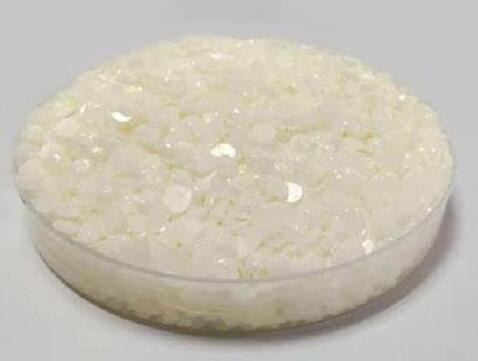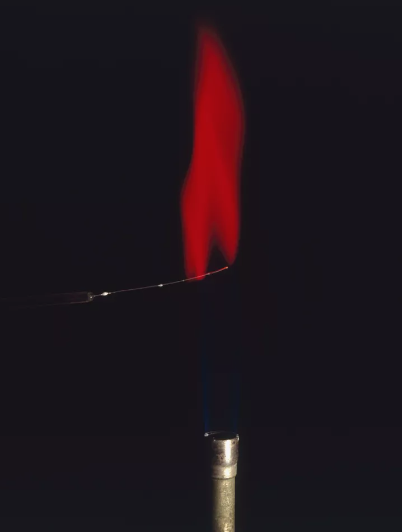The synthesis method of 1,9-Decadiene
Jan 24,2024
1,9-decadiene has a molecular formula C10H18, and sterling is a colorless liquid. This compound is widely used in organic synthesis as an important organic intermediate. At present, the synthetic method of 1,9-decadiene is primarily of the following several:
A. patent US20140155666 report is adopted: with unsaturated fatty acids 10 hendecenoic acid for raw material, PdCl 2(PPH3) 2 for catalyzer, decarboxylic reaction occurs, and 1,9-decadiene yield is only 59%, and catalyzer is expensive, and working condition is complicated.
B. take dodecanedioic acid as raw material, PdCl 2(PPH3) 2 for catalyzer, more than 190 ℃ there is decarboxylic reaction, and 1,9-decadiene yield is only 55%, and the same with the method above, the production cost is high, and reaction conditions are complicated.
C. patent WO2011008258 report is adopted: under organo-metallic catalyst effect, ethene and cyclooctene react, and 1,9-decadiene yield can reach 93%. However, this method has a long reaction time (about 20 hours), a reaction pressure (about 20 standard atmospheric pressures), and a catalyzer is complicated.
D. patent US5342985 report is adopted: under molecular sieve carried organorhenium oxide catalyst catalysis, methylene dichloride as a solvent, ethene, and cyclooctene react, and 1,9-decadiene yield can reach 91%. However, this method's reaction pressure is large (pressure is about 8 bar), and the catalyzer is complicated.
E. Chen et al. discloses a synthetic method of 1,9-decadiene. The synthetic method comprises steps as follows: 1. Higher aliphatic acid and a catalyst are uniformly stirred and mixed and then are heated to 340-360 ℃, 1,10-decanediol is continuously dropwise fed, and continuous discharge is realized in a rectification mode; 2. a discharged material obtained in step 1 is subjected to normal-pressure rectification, and 1,9-decadiene is obtained. The synthetic method further comprises a circular reaction in step 3 as follows: bottom residues produced through normal-pressure rectification in step 2 are mixed with 1,10-decanediol, a mixture replaces 1,10-decanediol in step 1, a residual mixed solution formed after the reaction of step 1 replaces a mixed bottom material in step 1, and the circular reaction is performed according to the step 1.

Specifically, 1) equipped with a thermometer, the top is installed 10cm rectifying column, and the stirring rake of condensation reflux device. It can heat in the 250mL four-hole boiling flask of dropping funnel, add 128g (0.5mol) Palmitic acid, and γ-Al2O3(about 15g) as a catalyzer, the two mol ratio 1:0.3.After being warming up to 340 ℃, decamethylene-glycol is reacted with the mode continuously feeding dripped. The discharging speed of 40g/h regulates the input speed itself, and the discharging speed is consistent substantially. Successive reaction 6 hours, charging 250g, discharging is about 240g.In a four-hole boiling flask, residual mixed liquor can continue as bed material and carry out successive reactions.
2)Stopped reaction, atmospheric distillation is carried out in 240g discharging, collects 99 ± 0.5 ℃ of cuts, leave standstill separate upper strata oily matter, obtain 1,9-decadiene product 165g, yield 87%, purity 99.1%.
3) in step 2 be mixed into fresh feed in the atmospheric distillation kettle base solution of 23g of gained--1,10-decanediol (can arbitrary proportion mixing), using step 1 in reaction 6 hours after residual mixed liquor as bed material, by step 1 proceed reaction, discharging speed is about 40g/h. Regulate input speed, itself, and discharging speed are consistent substantially. Successive reaction 6 hours, charging 240g, discharging is about 240g.
Then, as step 2 carries out atmospheric distillation, obtain 1,9-decadiene product 164g (purity is 99.2%), yield 87%.
- Related articles
- Related Qustion
4,4'-Methylenedianiline(MDA) is primarily used to produce 4,4-'methylenedianiline diisocyanate and other polymeric isocyanates which are used to manufacture polyurethane foams.....
Dec 10,2024Organic ChemistryPositive result of a flame test for strontium (Sr), producing a red colour. This is due to the excitation of electrons in the strontium by the heat of the flame.....
Jan 24,2024Inorganic chemistry1,9-Decadiene
1647-16-1You may like
- 1,9-Decadiene
-

- $50.00 / 1kg
- 2025-04-16
- CAS:1647-16-1
- Min. Order: 1kg
- Purity: 99
- Supply Ability: 5000
- 1,9-DECADIENE
-

- $0.00 / 200KG
- 2025-04-15
- CAS:1647-16-1
- Min. Order: 1KG
- Purity: 99%
- Supply Ability: 500000kg
- 1,9-Decadiene
-

- $0.00 / 25kg
- 2025-04-14
- CAS:1647-16-1
- Min. Order: 1kg
- Purity: 99%
- Supply Ability: 10000KGS






